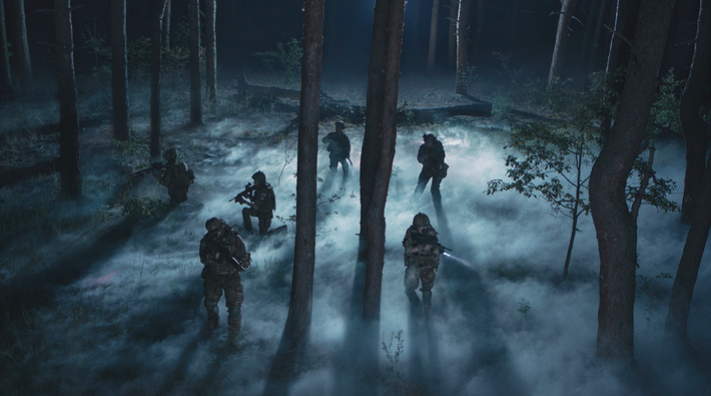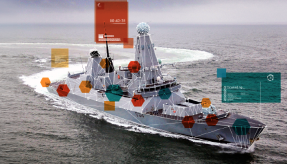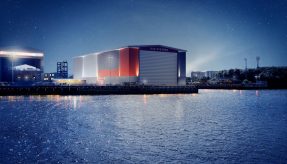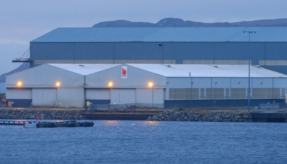
BAE Systems, Inc. has announced its backside illuminated (BSI) “Hawkeye” HWK1411 ultra low-light image sensor, enabling market-leading night vision capabilities with reduced size, weight, and power.
The 1.6 megapixel sensor provides high-performance imaging capabilities in all light conditions, and is optimal for battery-powered soldier systems, unmanned platforms, and targeting and surveillance applications.
HWK1411 is the first low-light complementary metal-oxide semiconductor (CMOS) sensor to capture imagery during overcast starlight conditions. It combines a large photon-collection array with world-class light sensitivity (quantum efficiency), the ability to see small changes in contrast (low read noise), and reduced signal noise from electricity (low dark current).
“HWK1411 replaces larger and heavier legacy technology, and allows the military market to transition to the digital domain, creating a path to next-gen systems for the future,” said Robyn Decker, director of Sensor Solutions at BAE Systems. “Capturing digital images is the first step toward delivering data fusion and augmented reality technology that will transform how warfighters perceive the battle space in ultra low-light conditions.”
In addition to the Hawkeye sensor, the company has developed a compact multichip camera module (MCM) to simplify camera integration. The MCM combines the HWK1411 image sensor with a microprocessor, flash memory, power conditioning, a flexible cable for plug-and-play connectivity, and a high-performance glass lens for optimal field of view.
image courtesy of BAE Systems
If you would like to join our community and read more articles like this then please click here.







